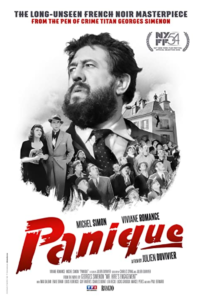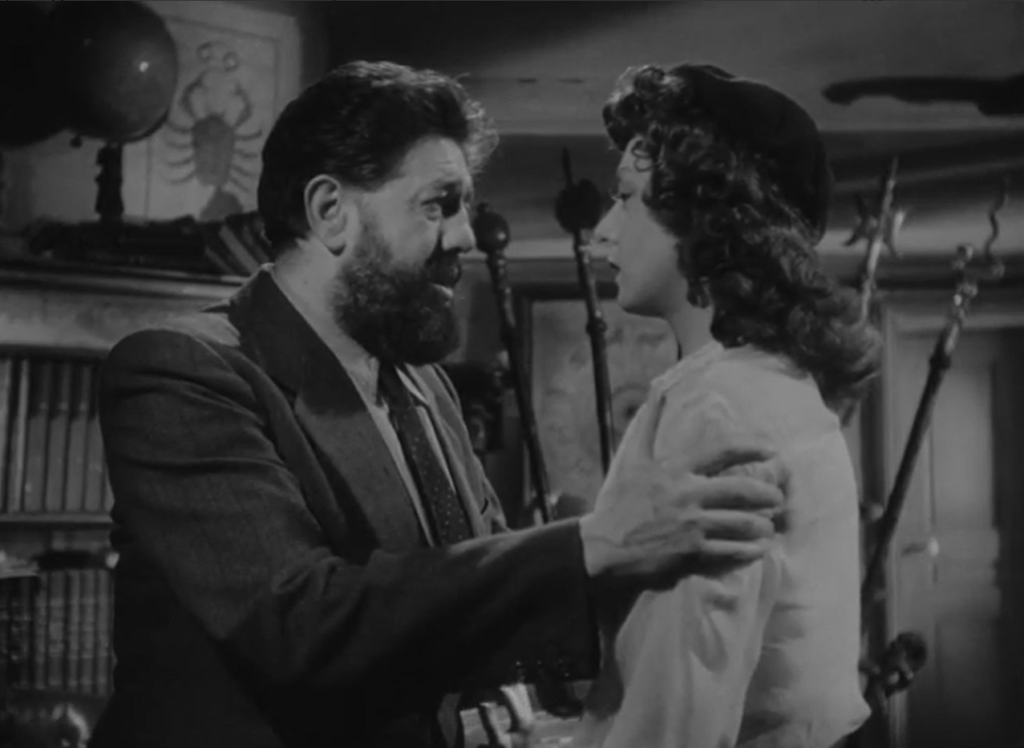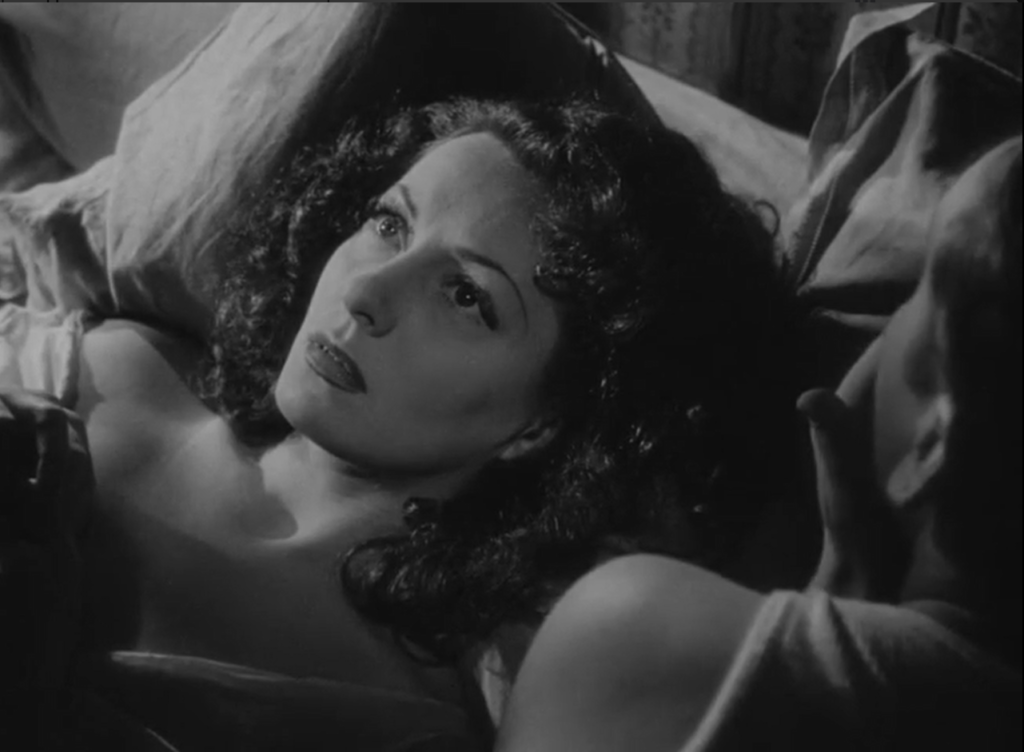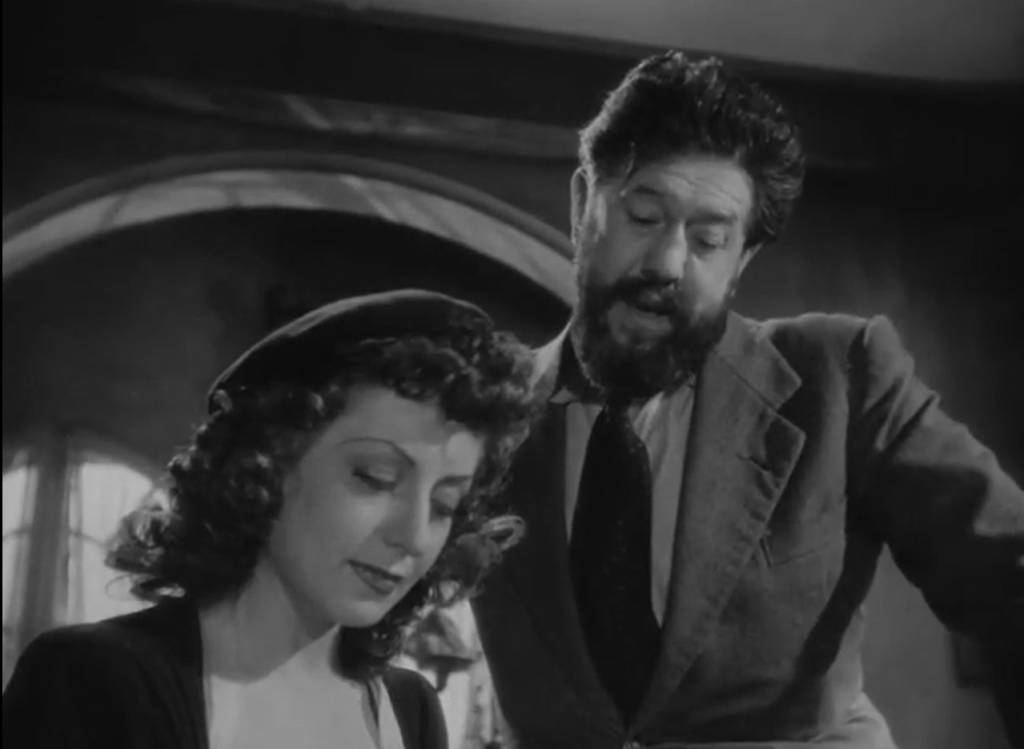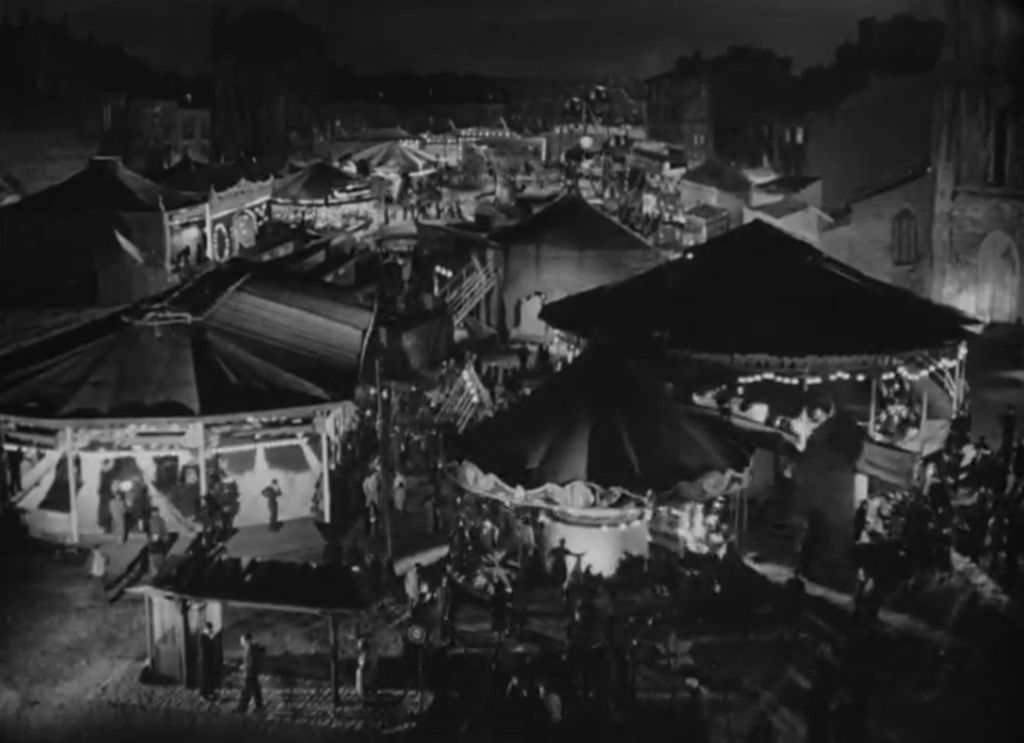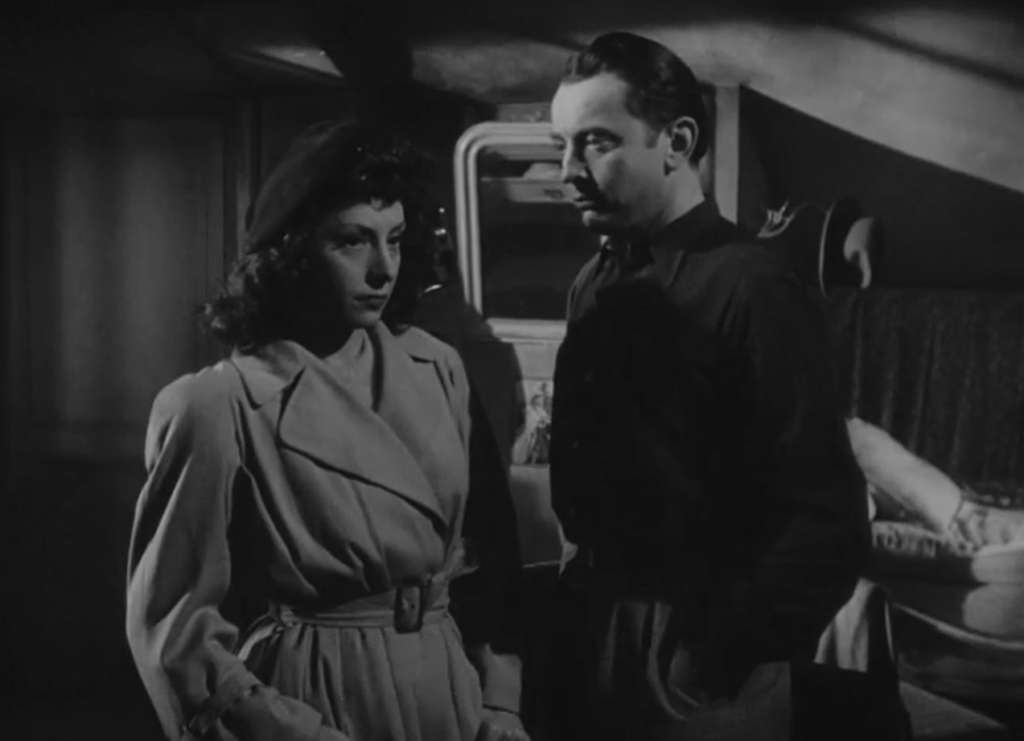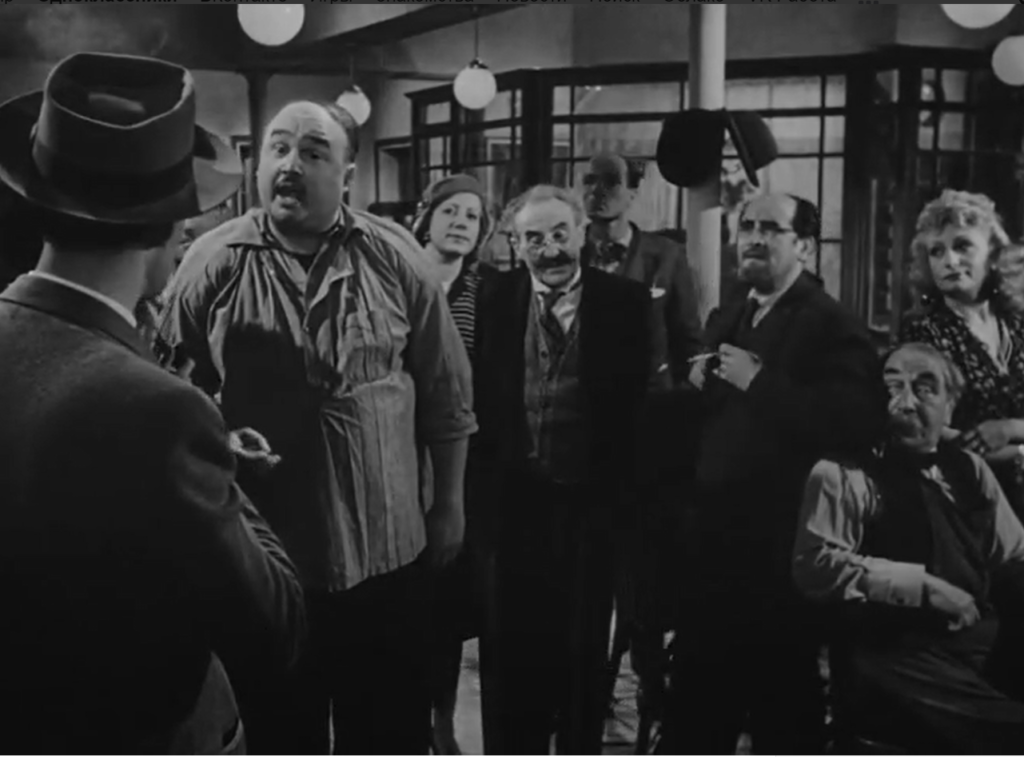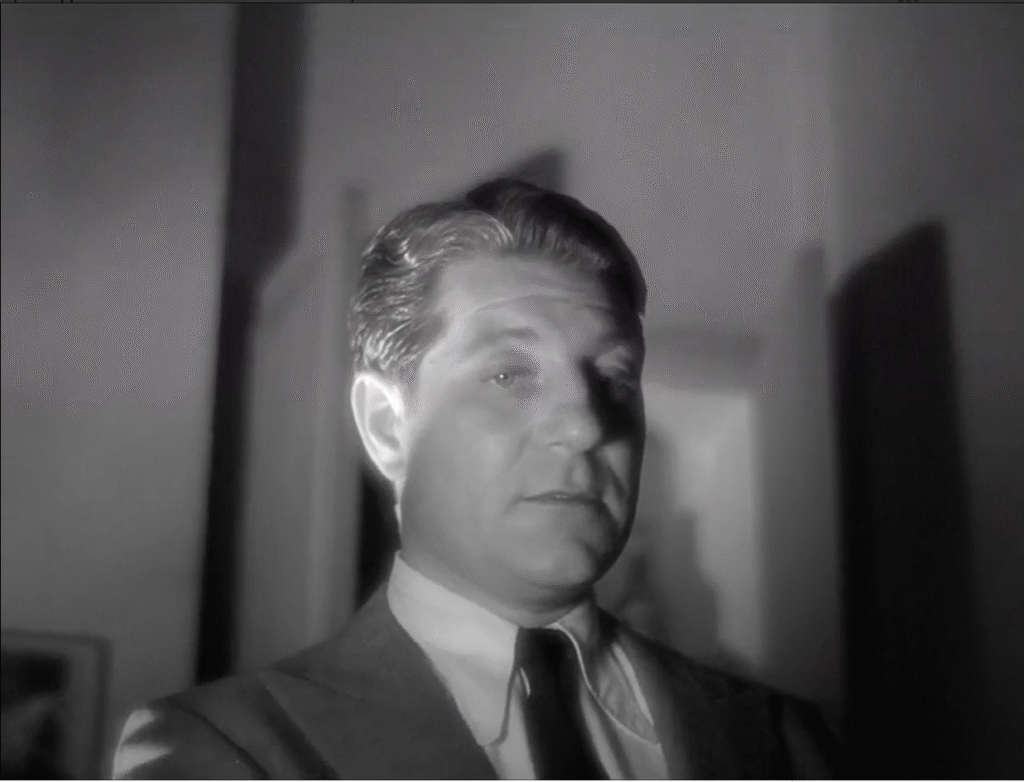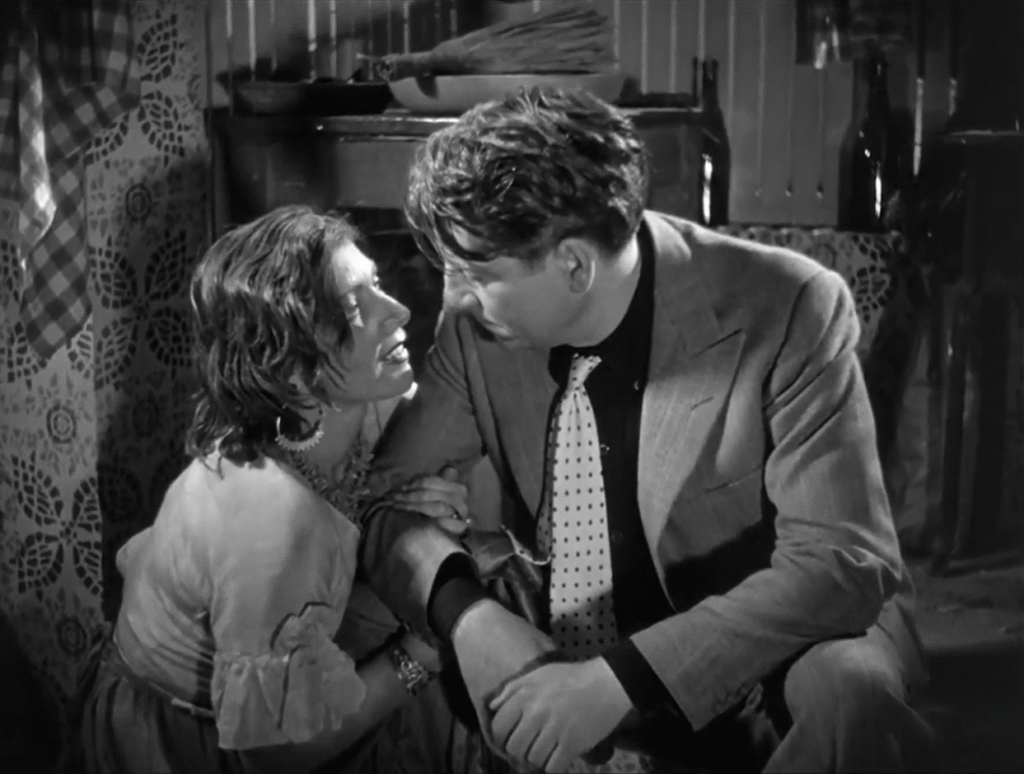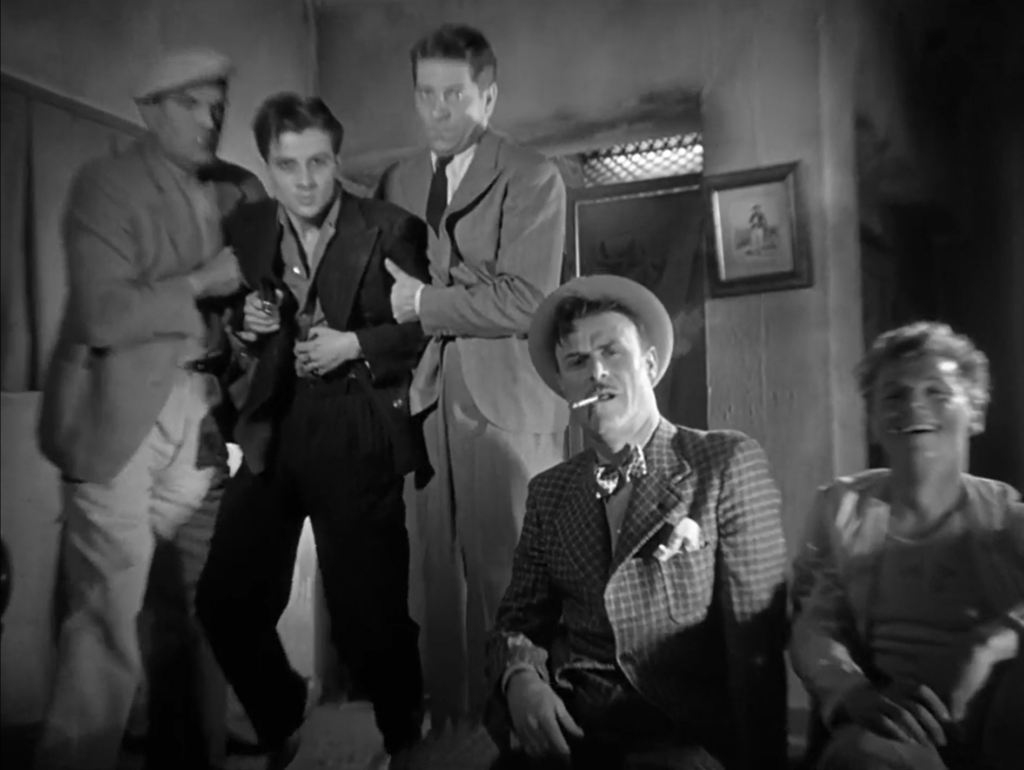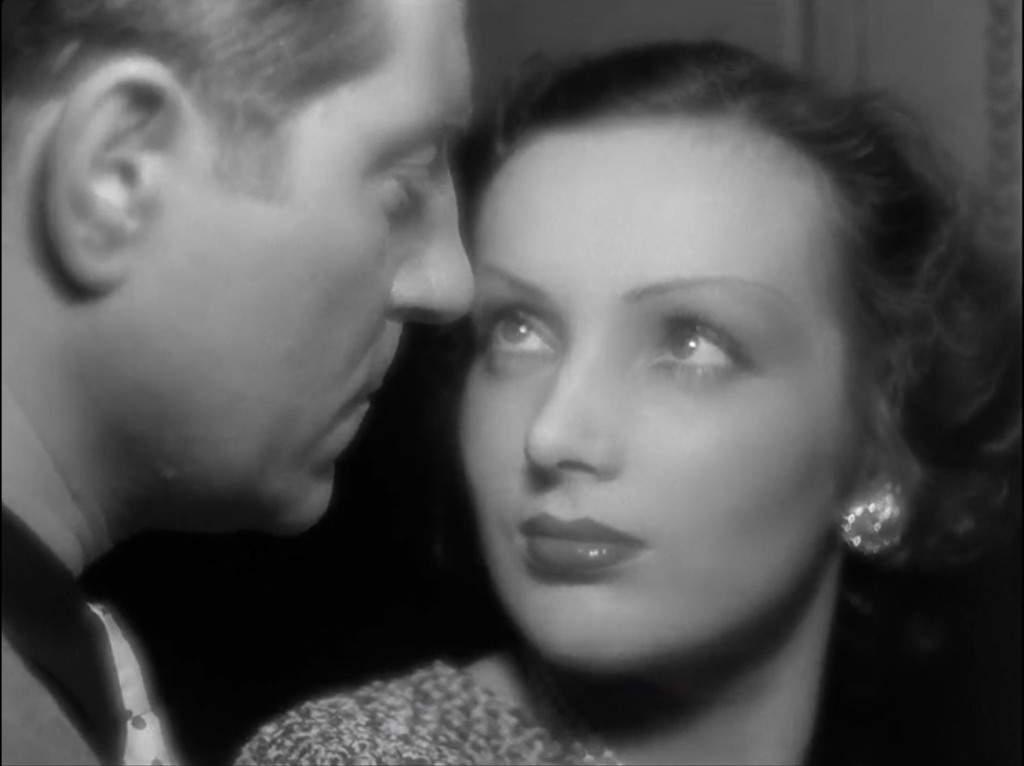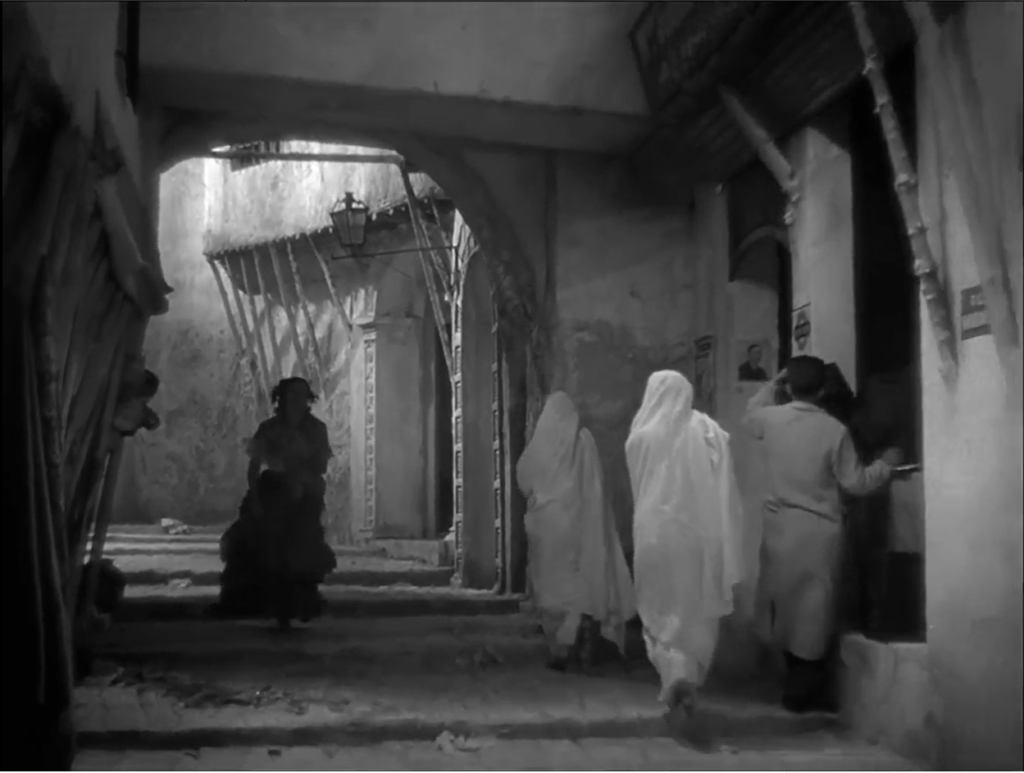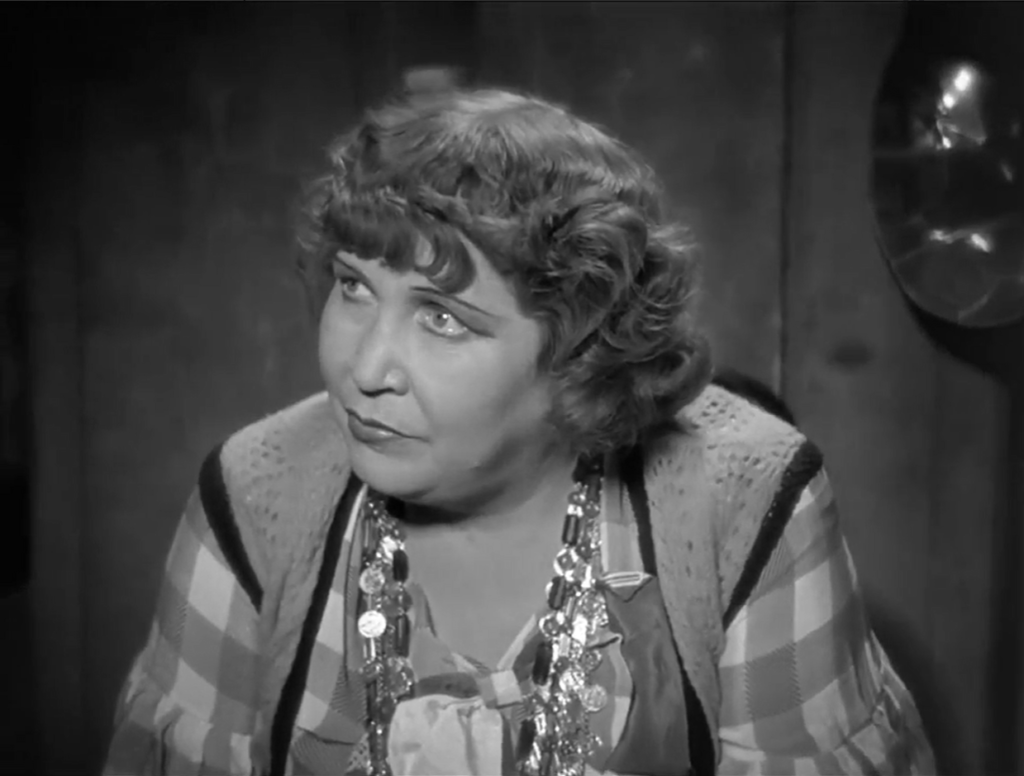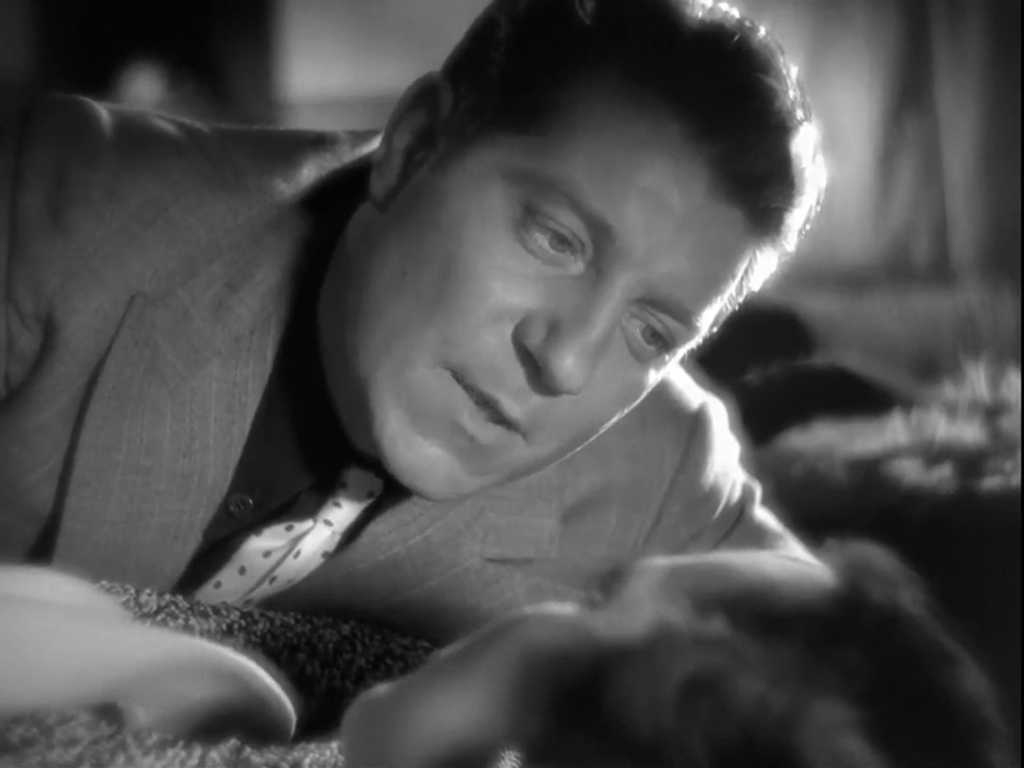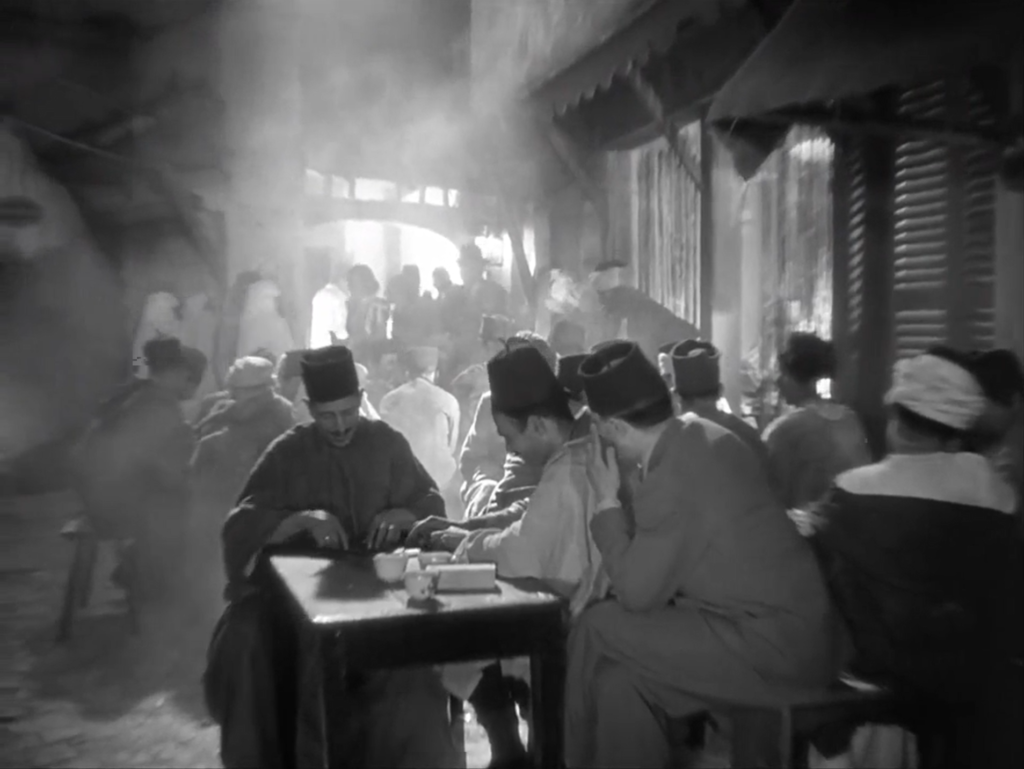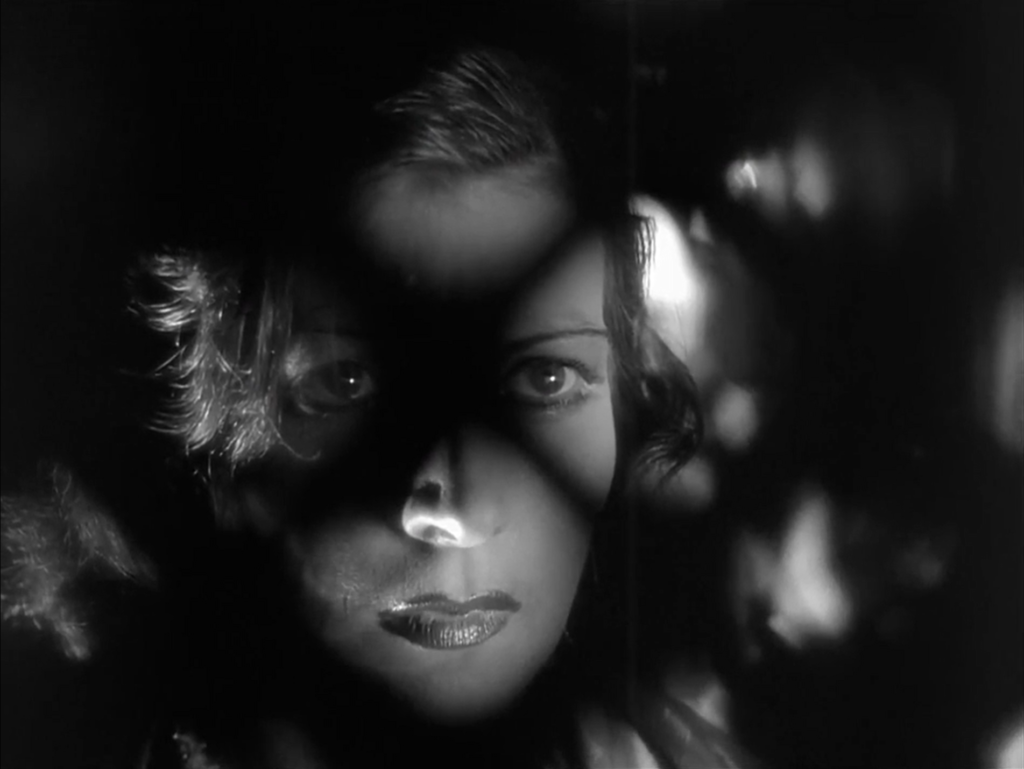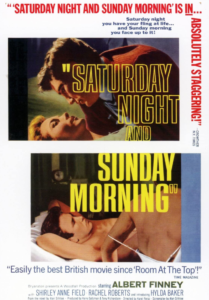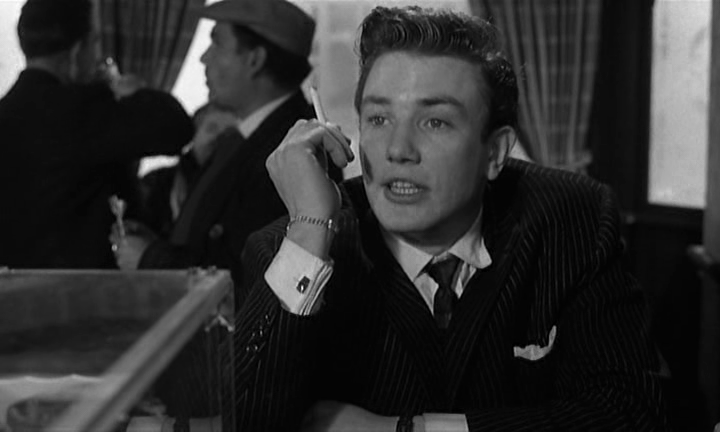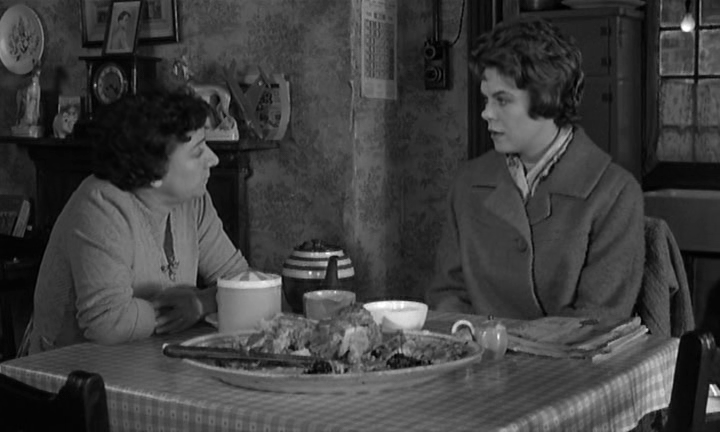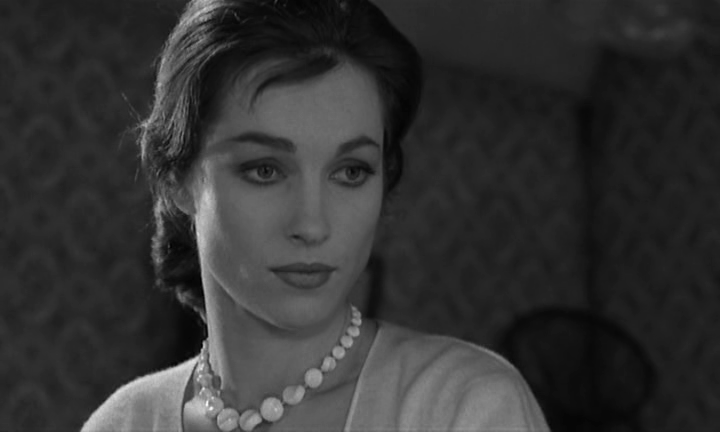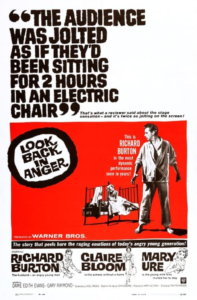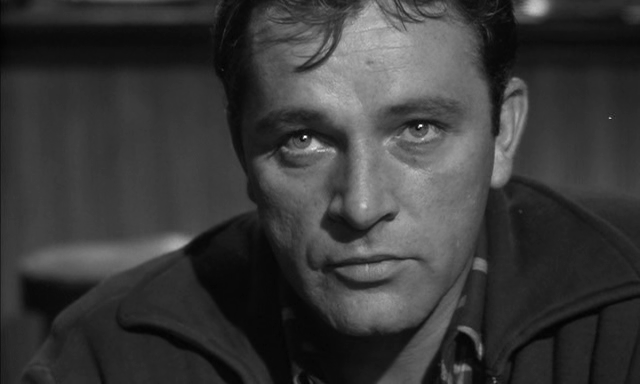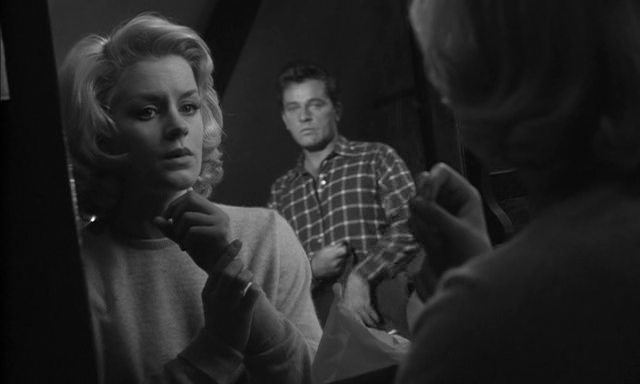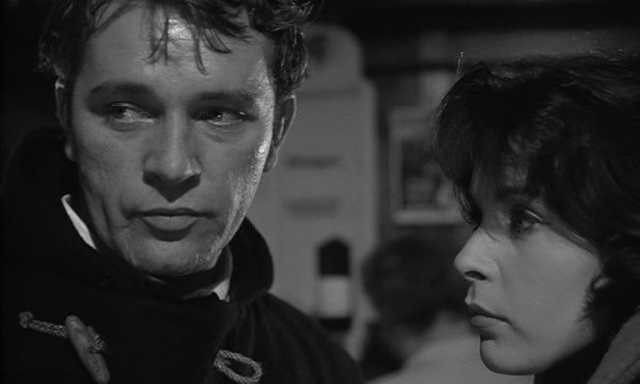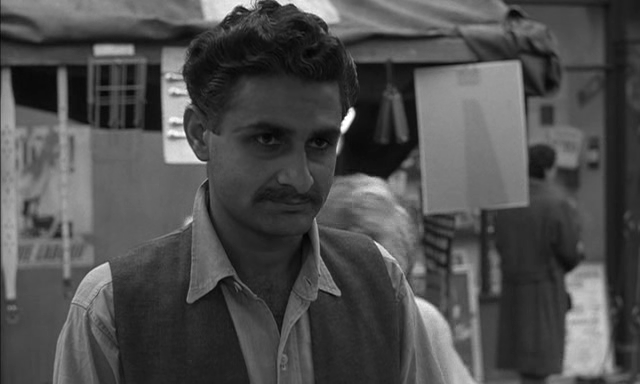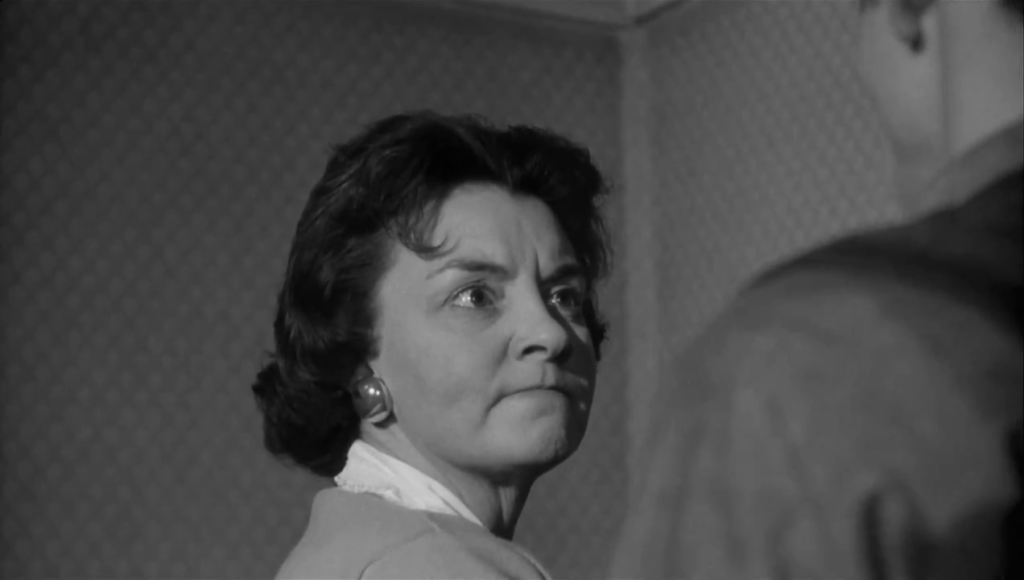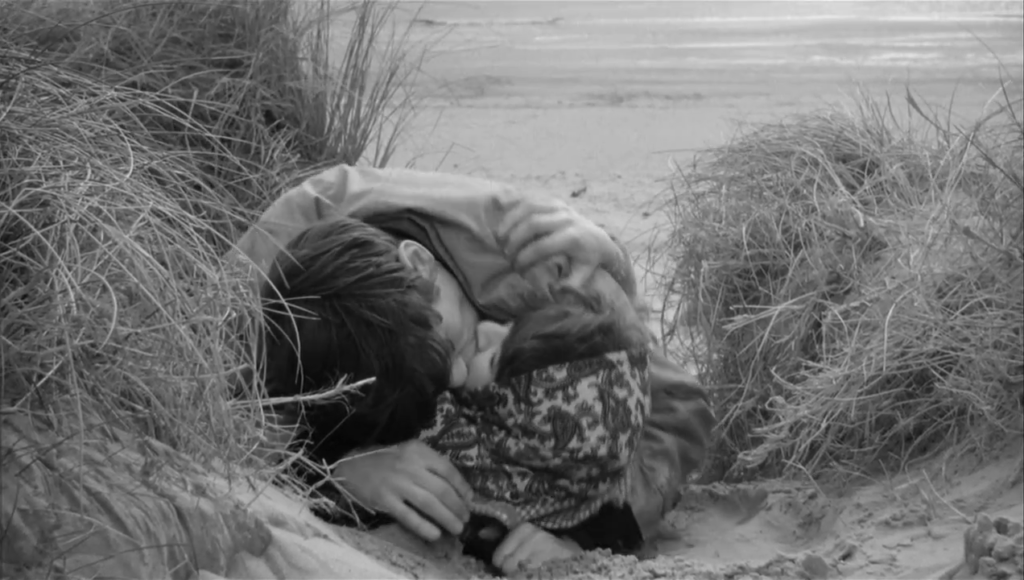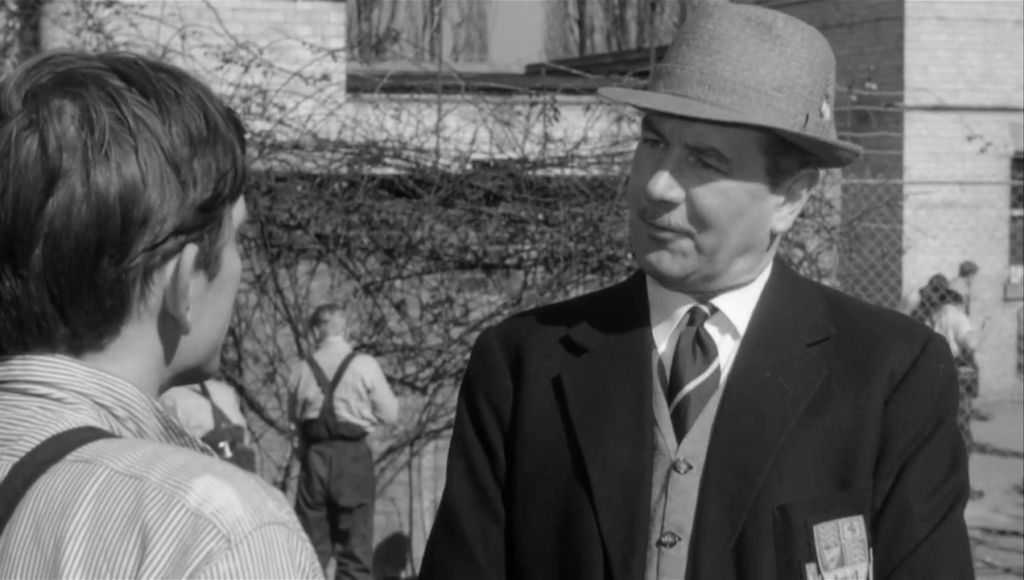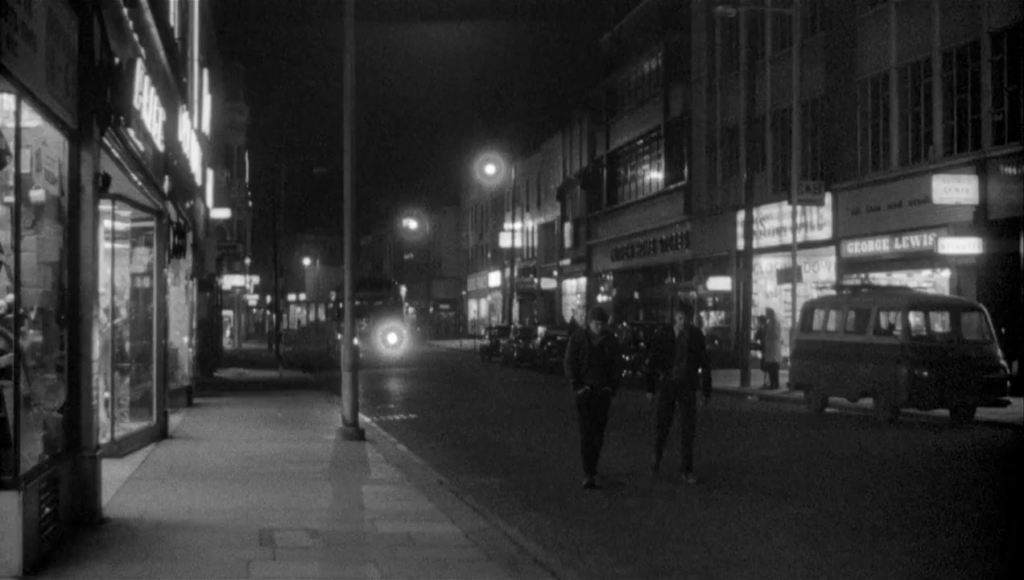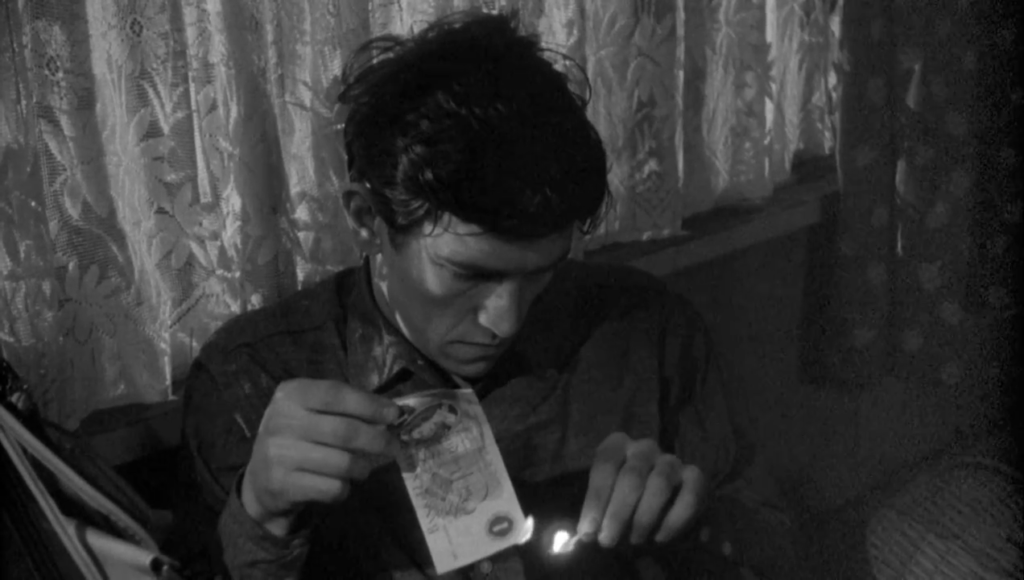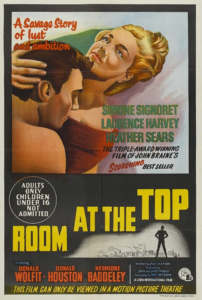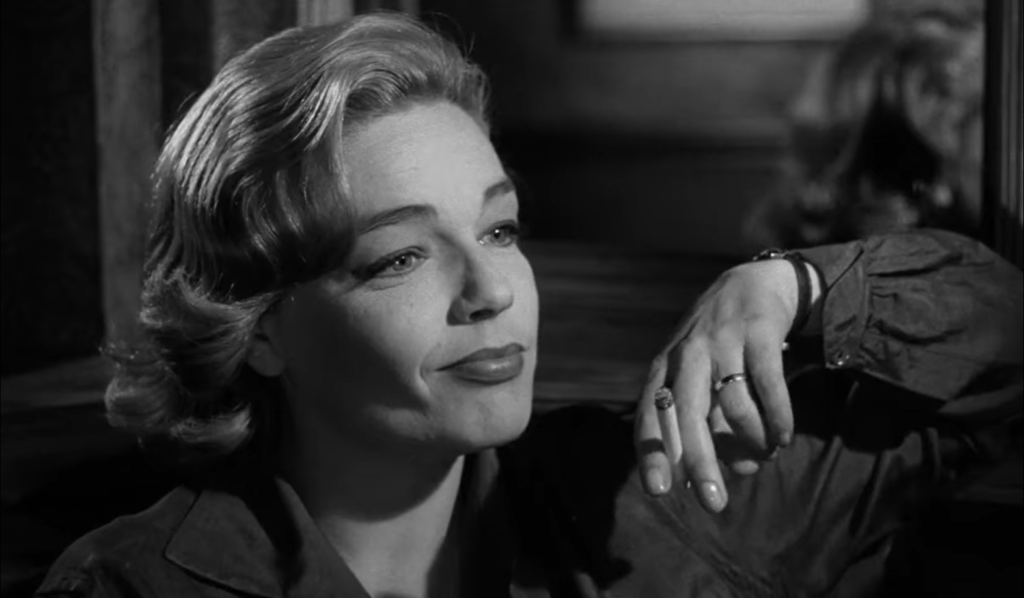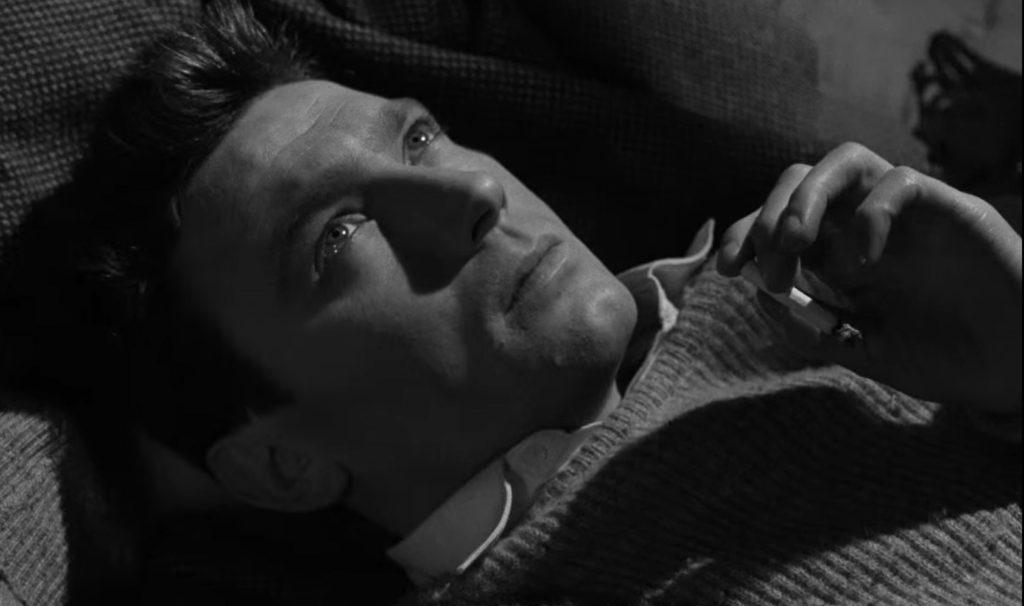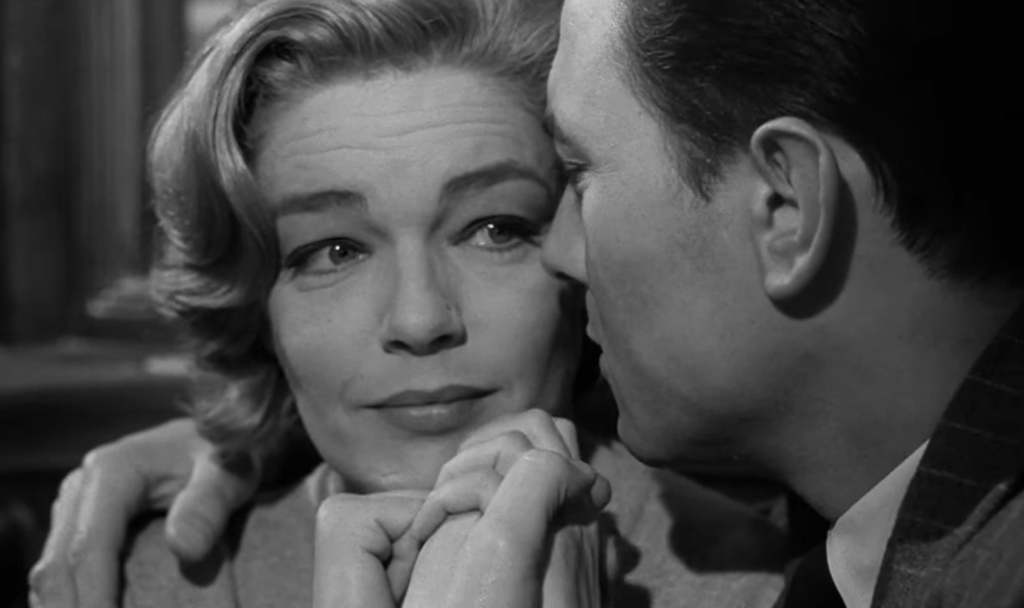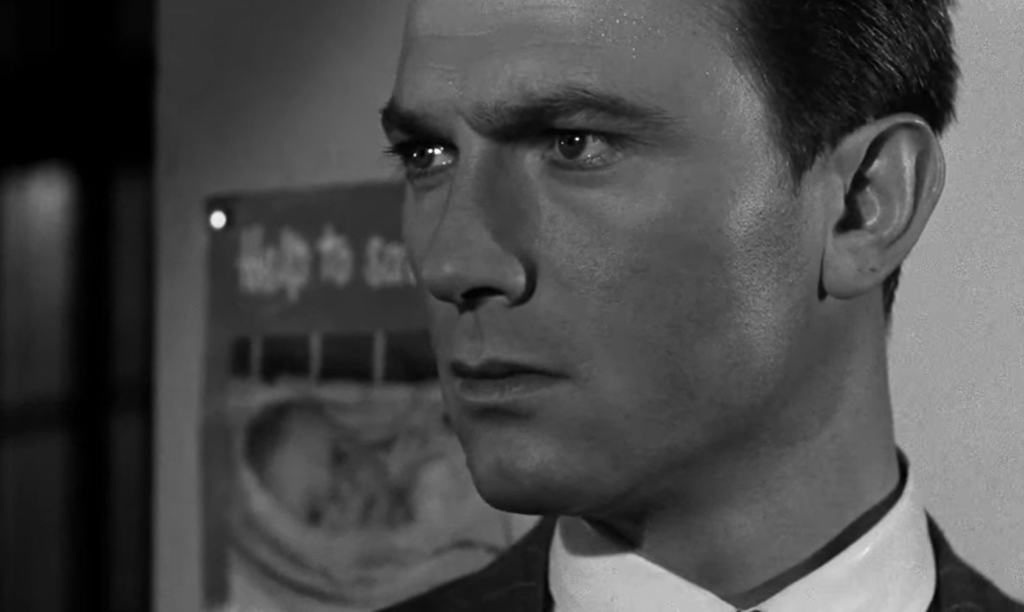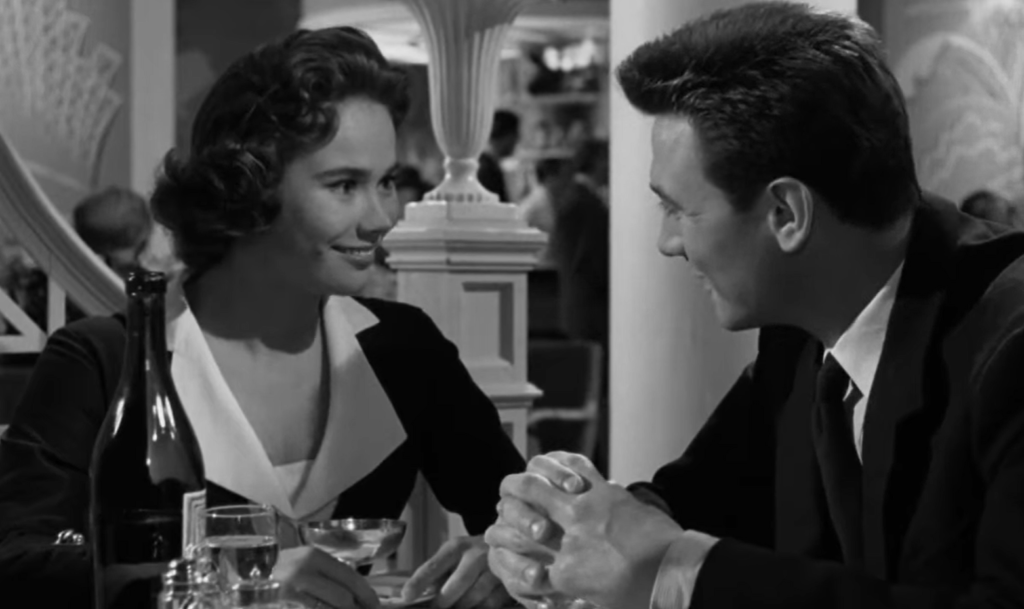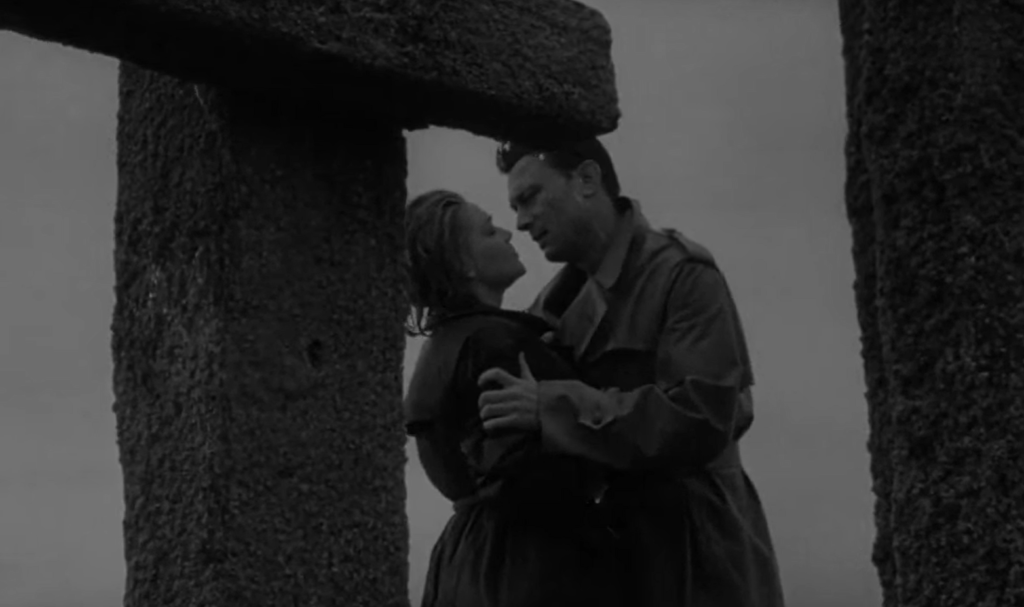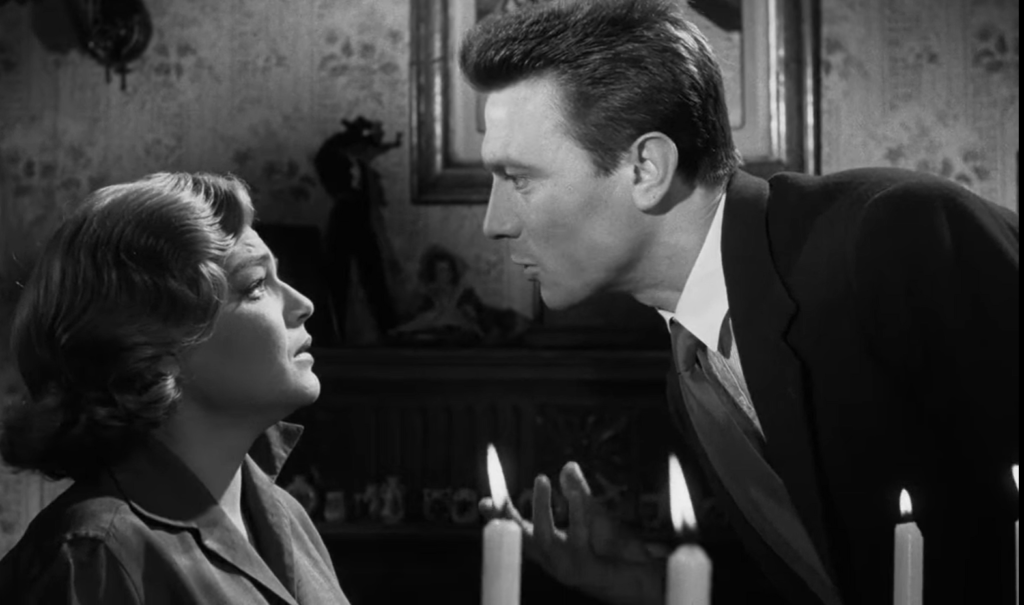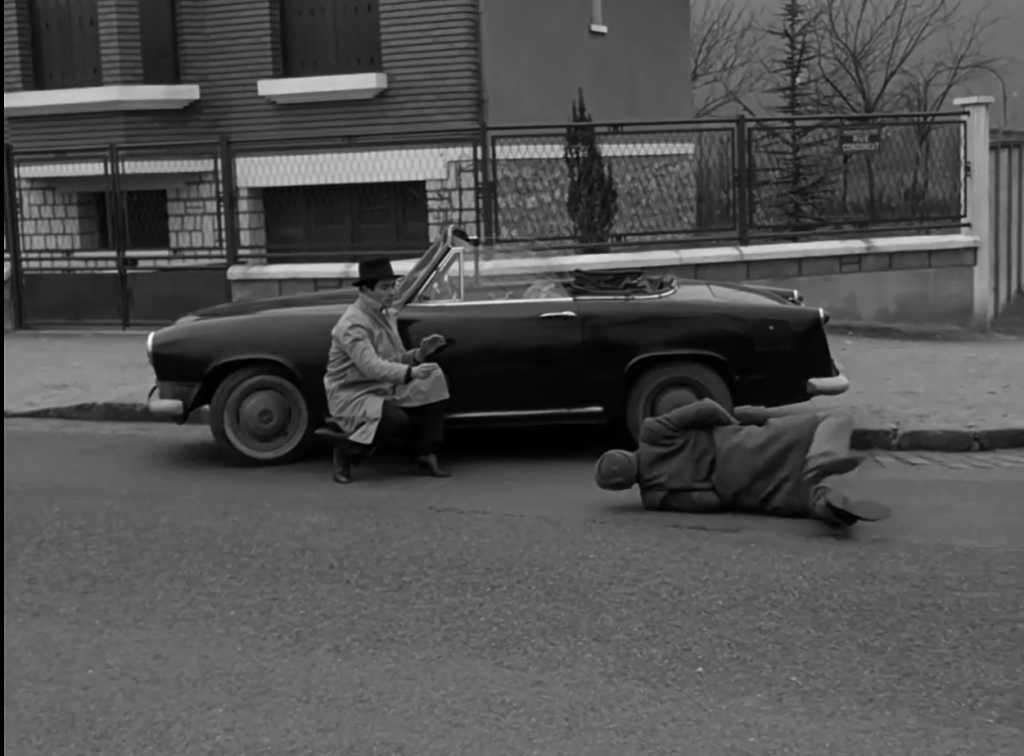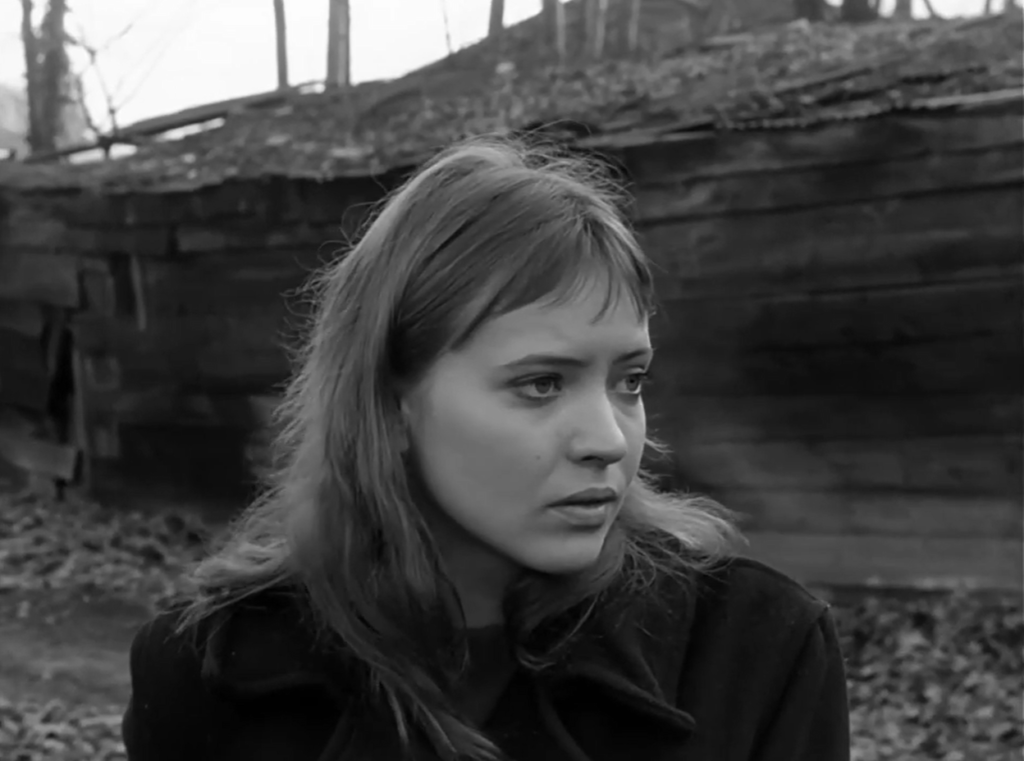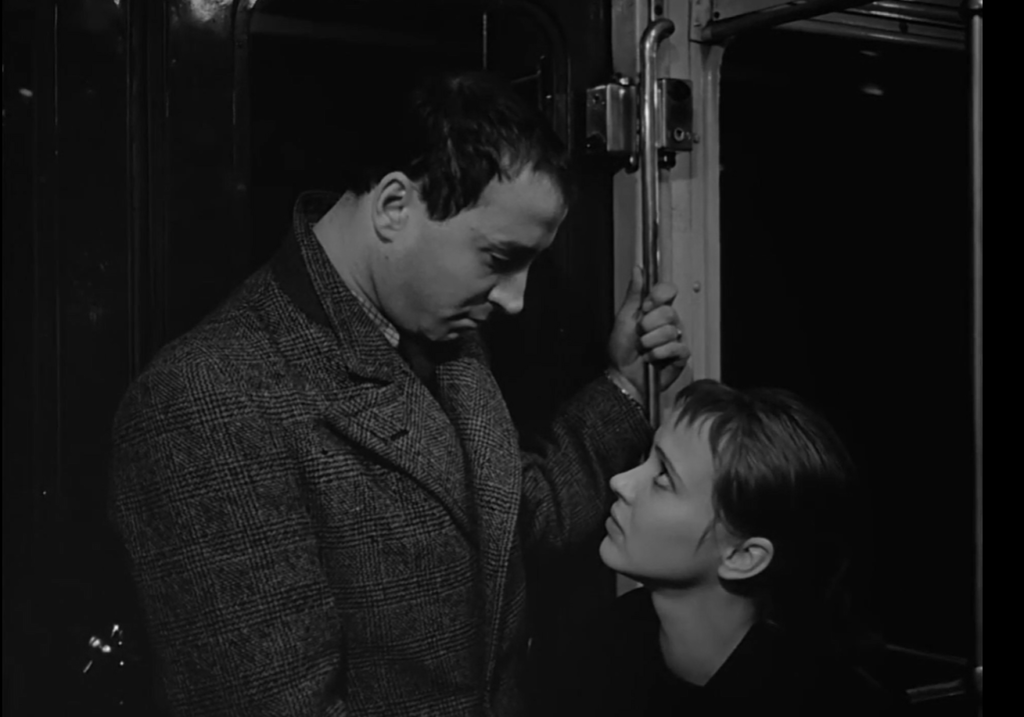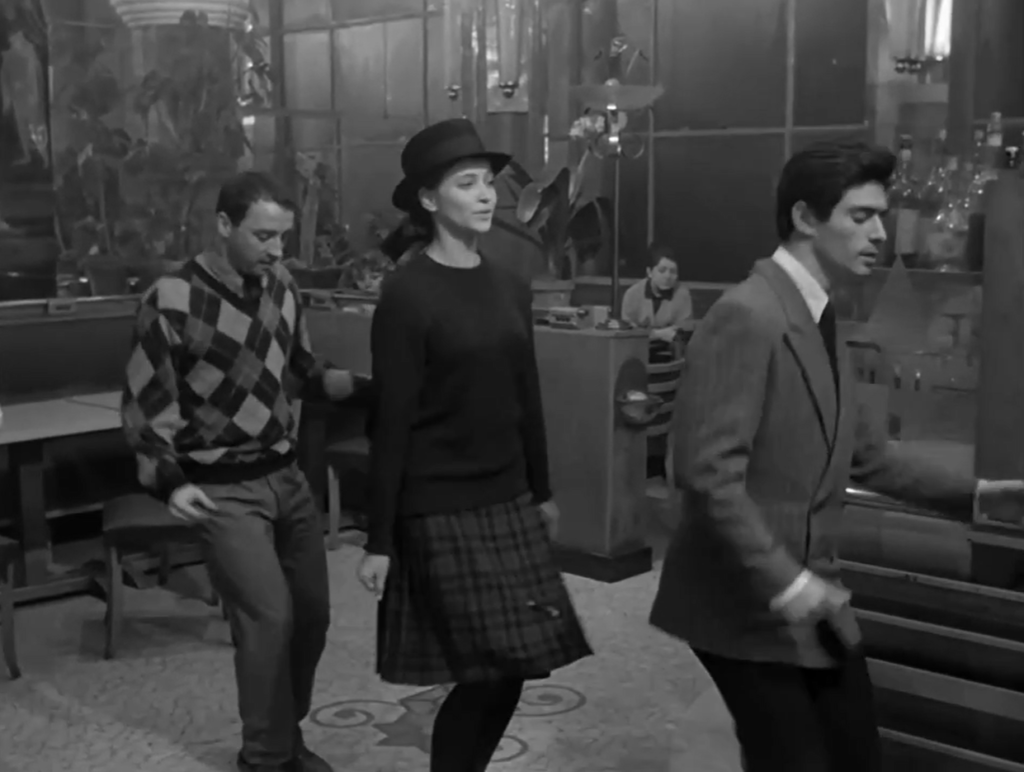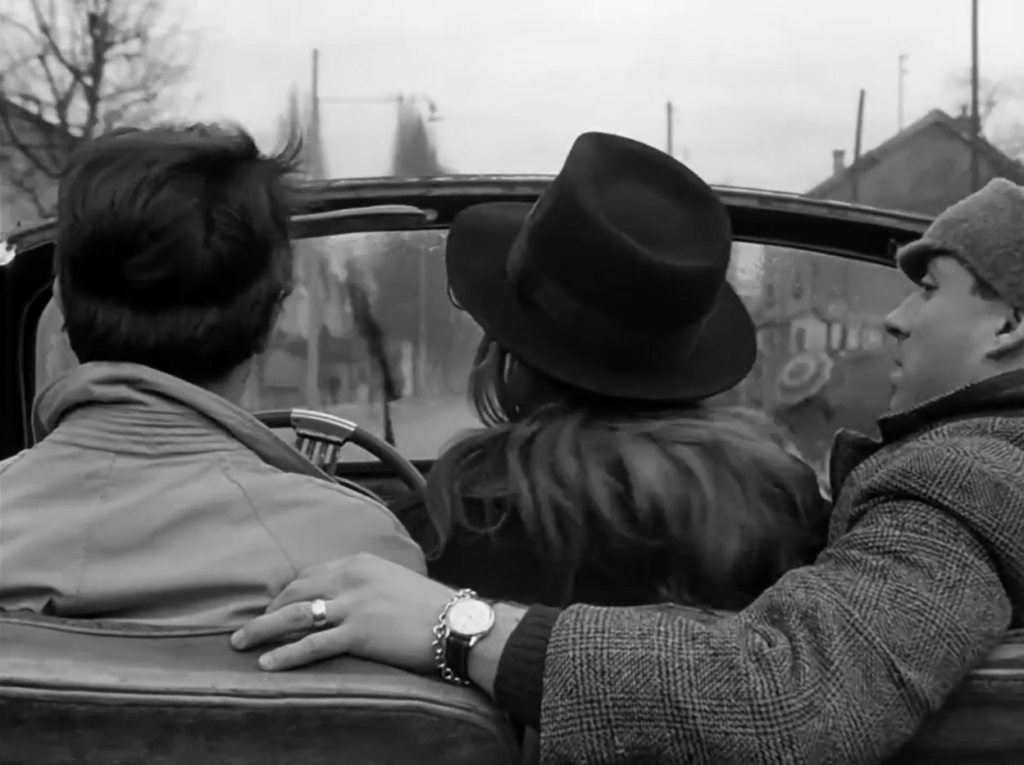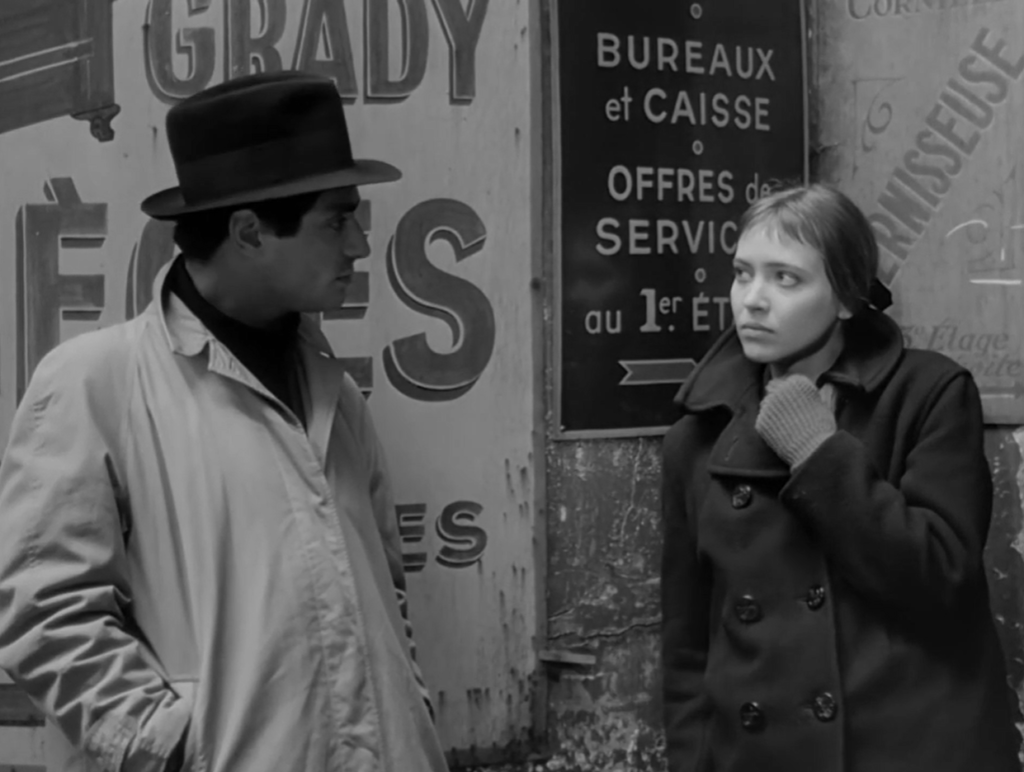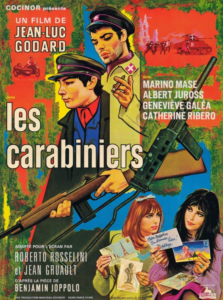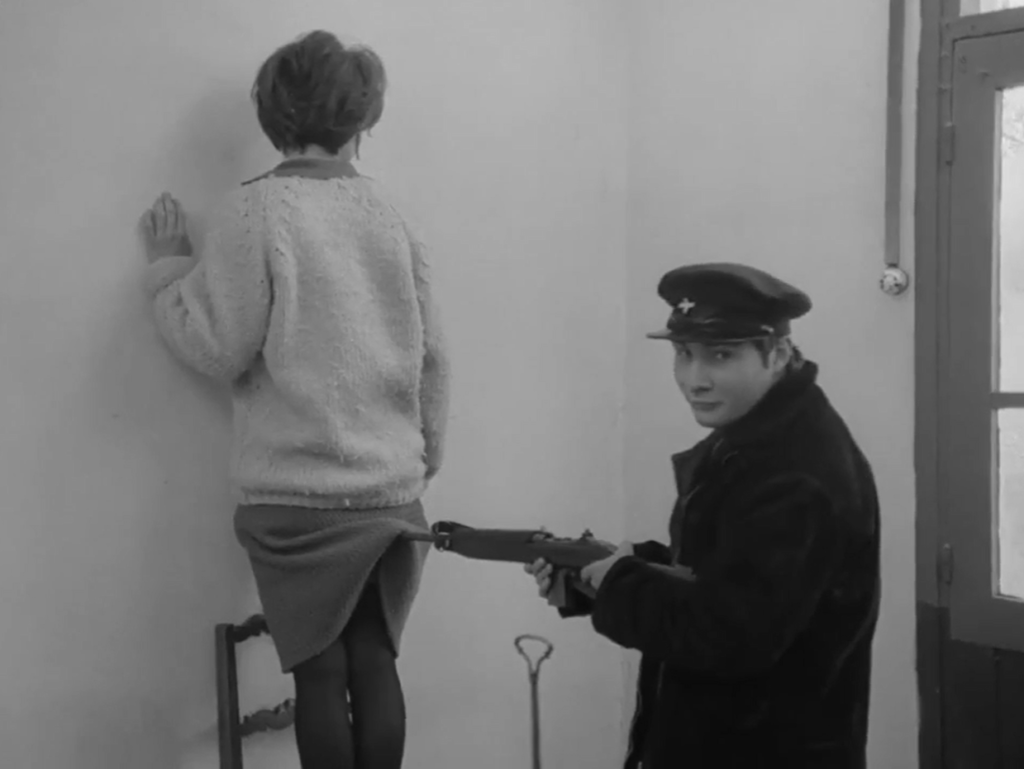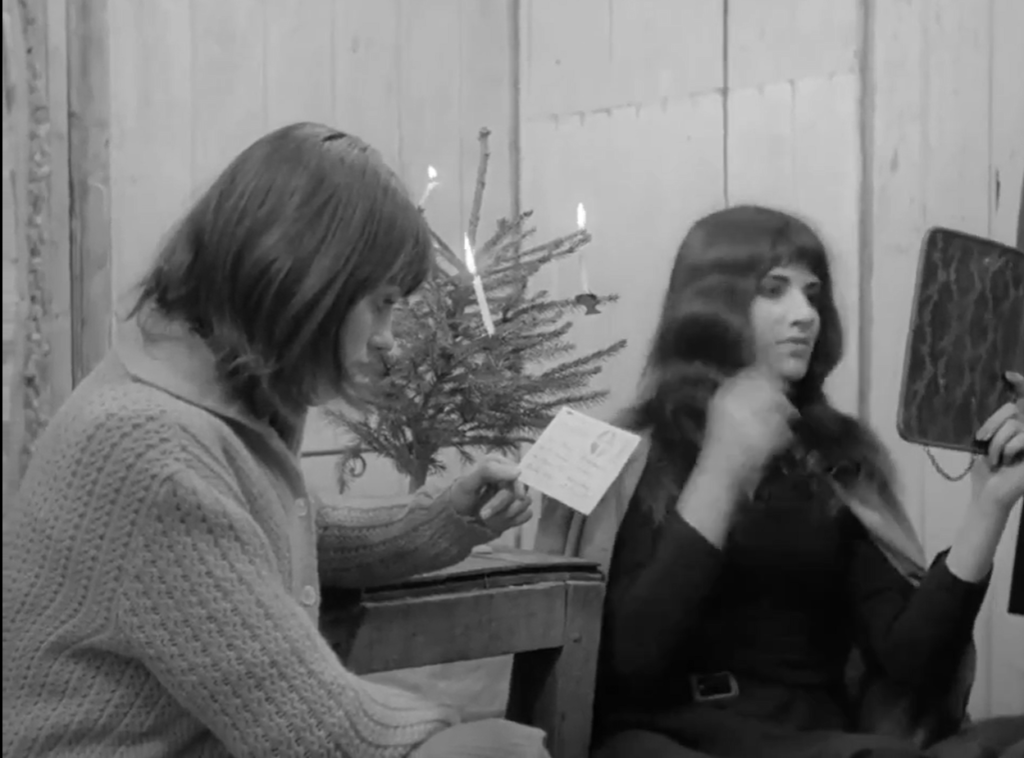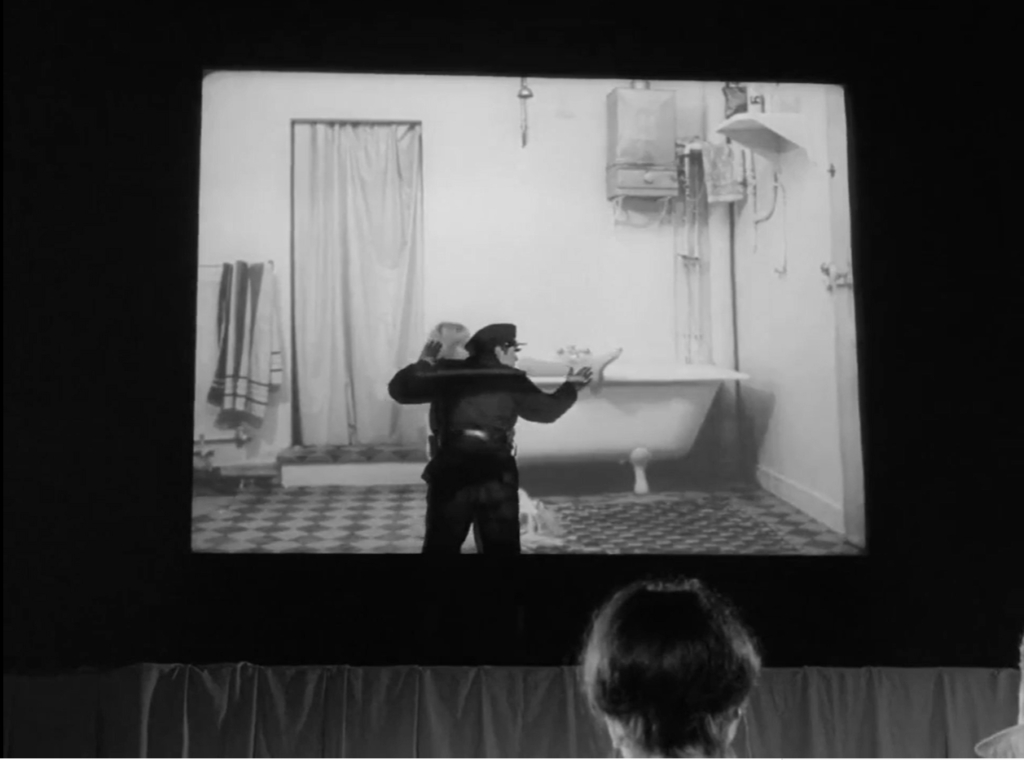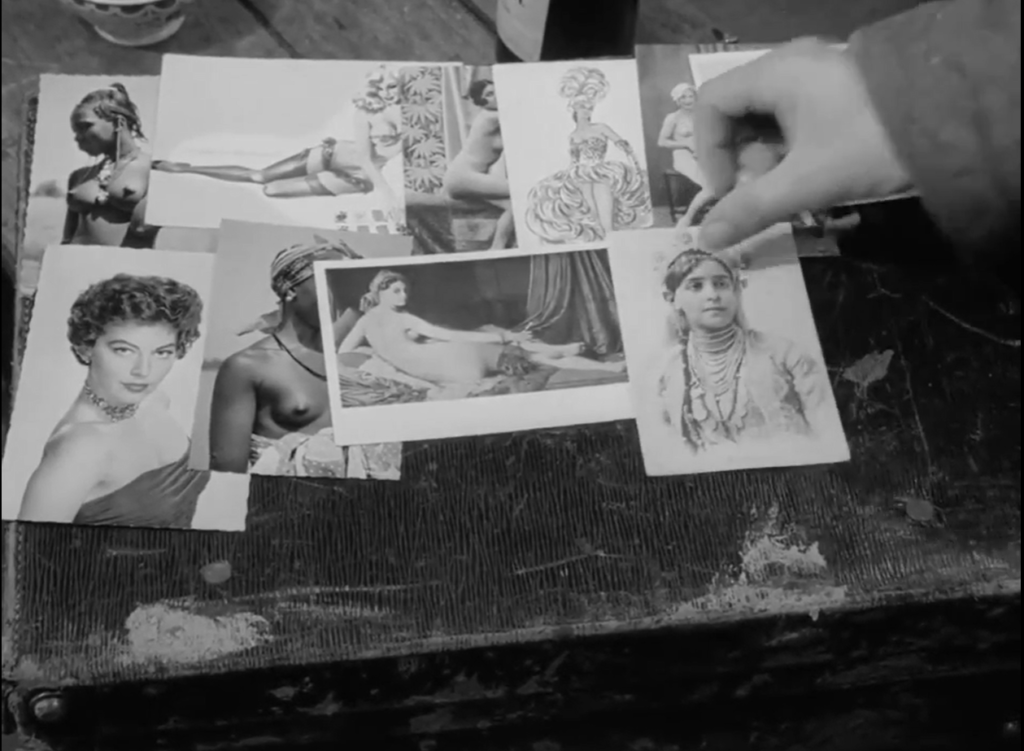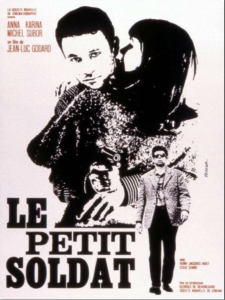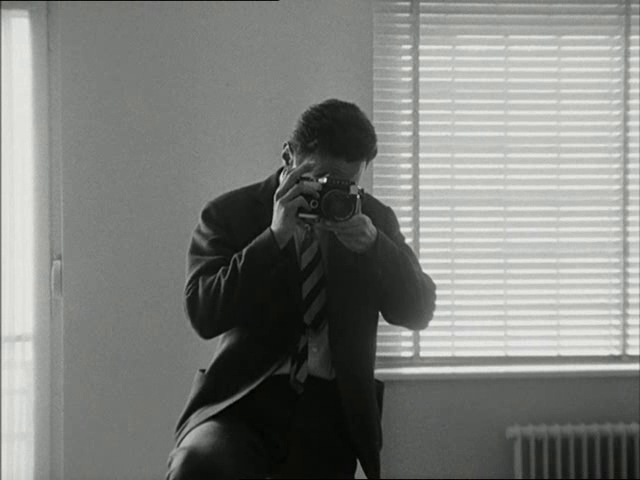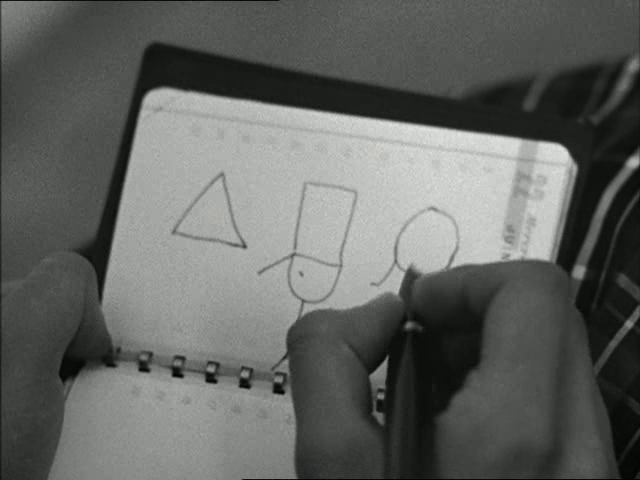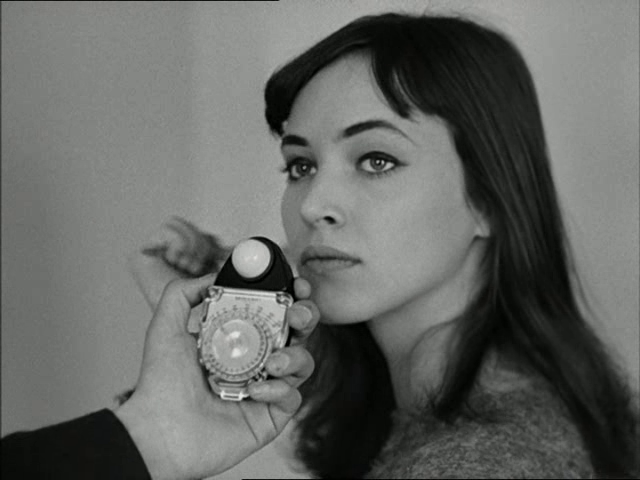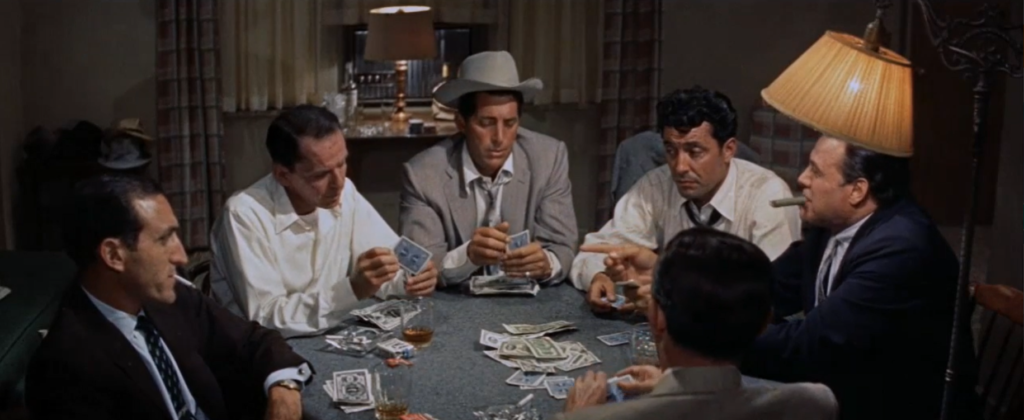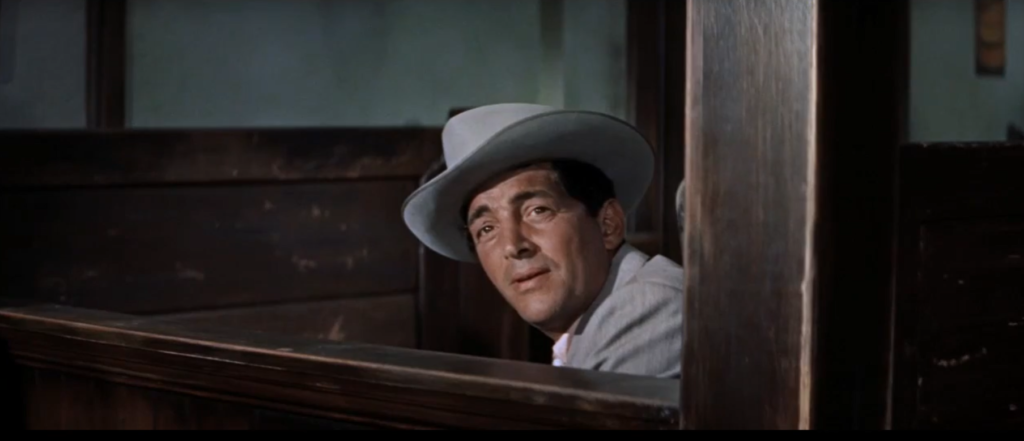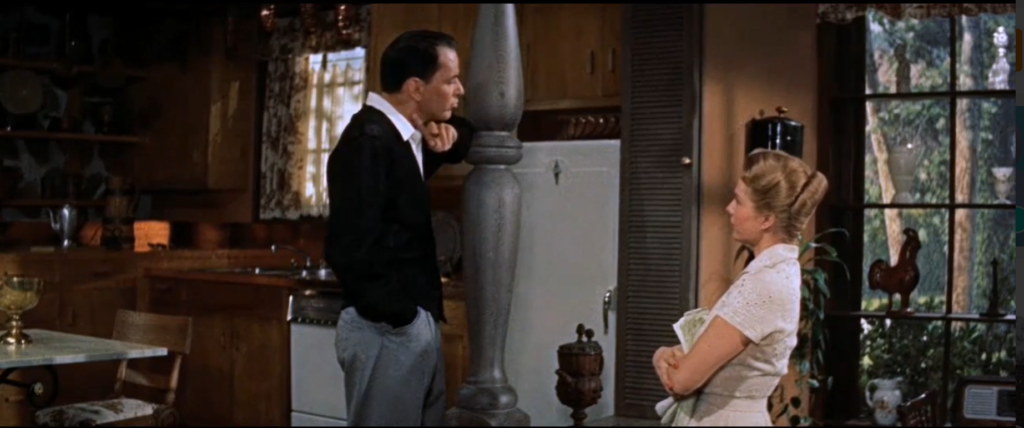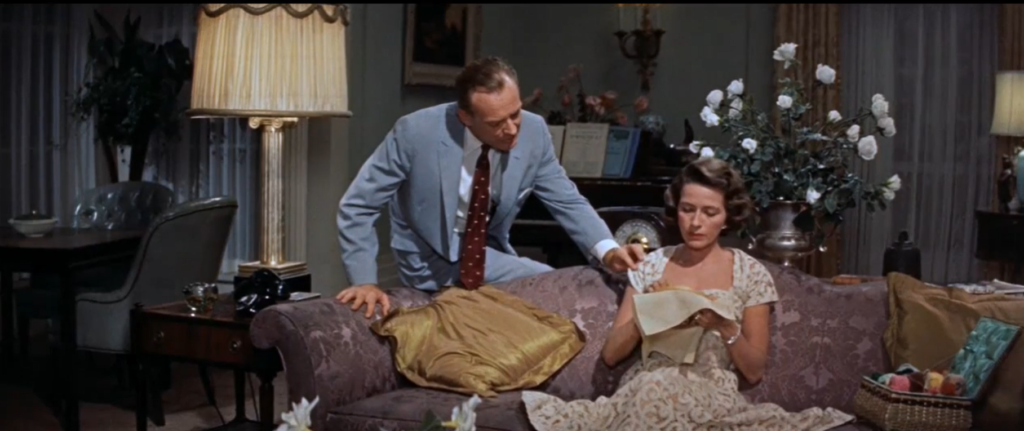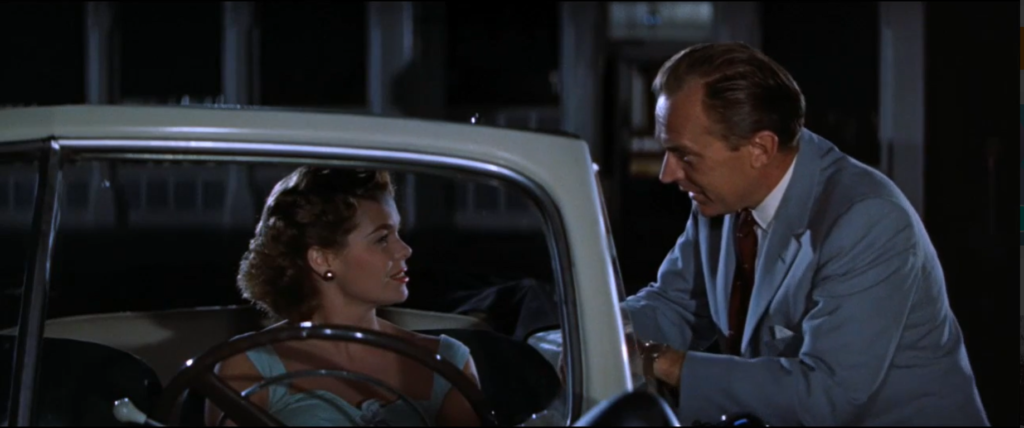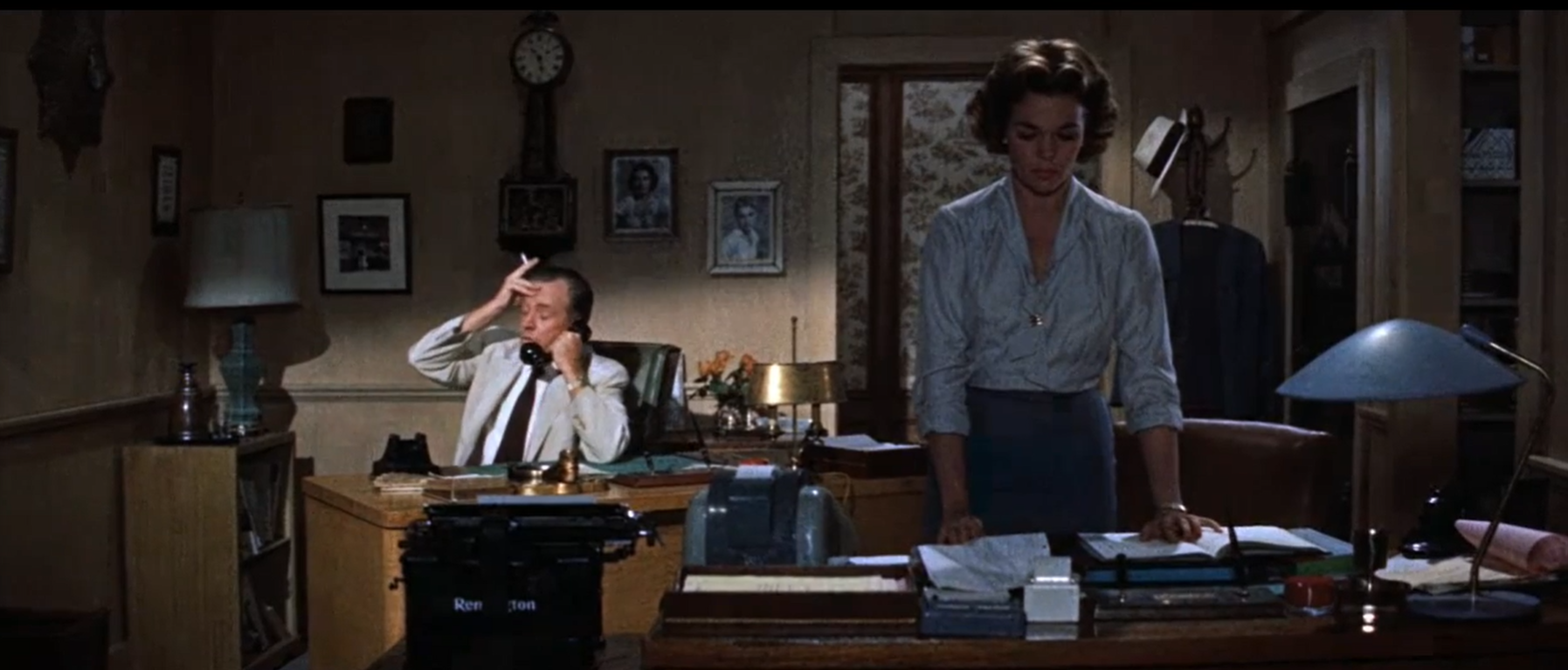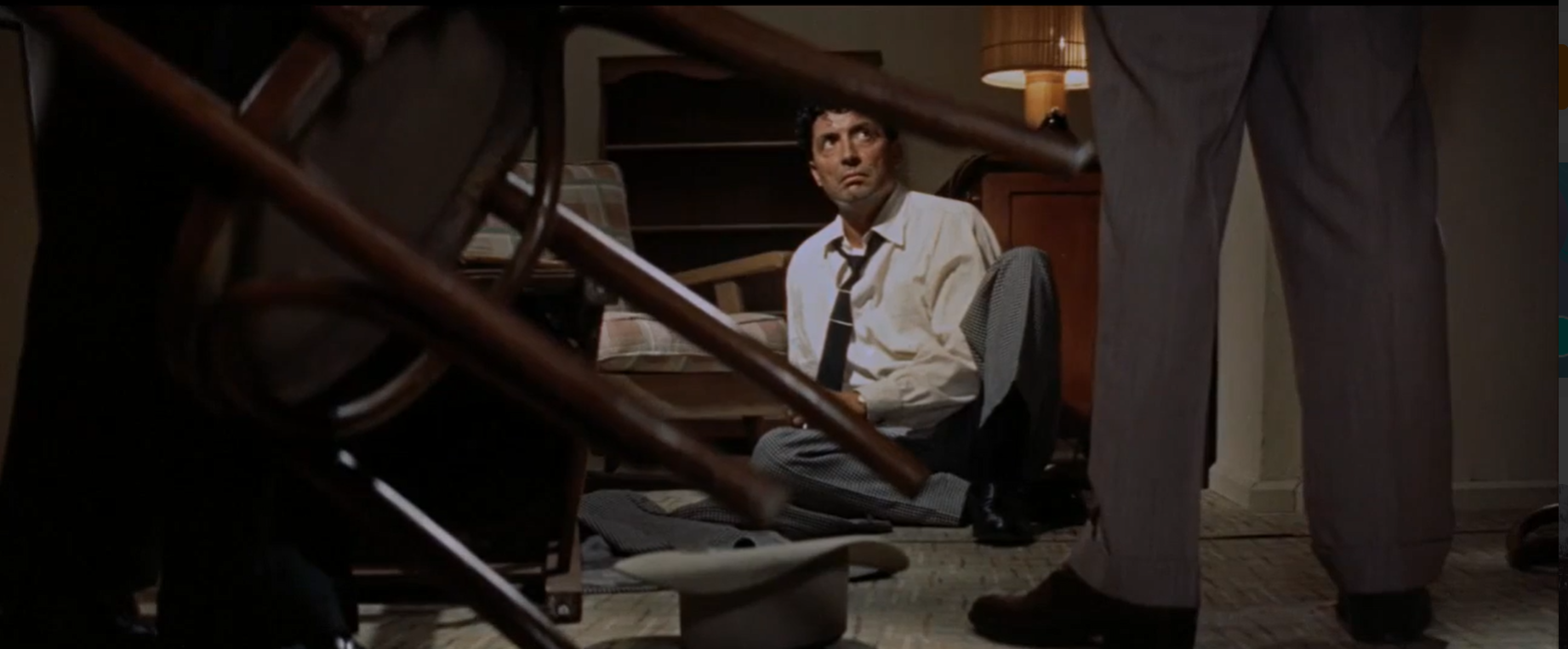Panique (1946)
“You don’t need a fortune teller to know the future.”
|
Synopsis: |
|
Genres, Themes, Actors, and Directors:
Review: Romance is excellent playing an unconventional femme fatale — a woman whose deep and abiding love for a criminal overpowers her growing recognition of his sociopathic nature: Indeed, we’re kept in authentic suspense throughout about whether she’ll stick with Dalvan or be swayed by sympathy for Simon. Simon, meanwhile, is perfectly cast as a self-professed loner — a man who, in addition to ordering an “extra bloody” pork loin from the butcher, admits things like, “I never chat with anyone,” “I’m always alone,” “I never vote,” and “I don’t like men.” When he opens up to Romance about his past, we learn that Simon’s mother “always preferred his brother” (who was “better-looking”), and that “at school, in the army, and at college, [he] was always excluded.” As he explains, “I didn’t choose a life of solitude — others just avoided me.” Indeed, it’s clear from the get-go that the deck is stacked against Monsieur Hire (Simon), who will inevitably be forced to take the blame for a crime he didn’t commit. Meanwhile, parallels between this film’s storyline and the persecution of Jews and other “undesirables” during the war couldn’t be clearer (especially when Hire is asked his full name and he shares that Hire is short for “Hirovitch”). The strategic inclusion of a carnival taking place throughout the entire narrative adds to a heightened sense of Hire being put on display for the town’s viewing pleasure. Duvivier — who co-wrote the screenplay with Charles Spaak — expertly moves us from scene to scene, beginning with the shocking discovery of a body, and culminating with a King Kong-inspired cliffhanger ending. This one remains well worth a look. Notable Performances, Qualities, and Moments:
Must See? Categories
Links: |
